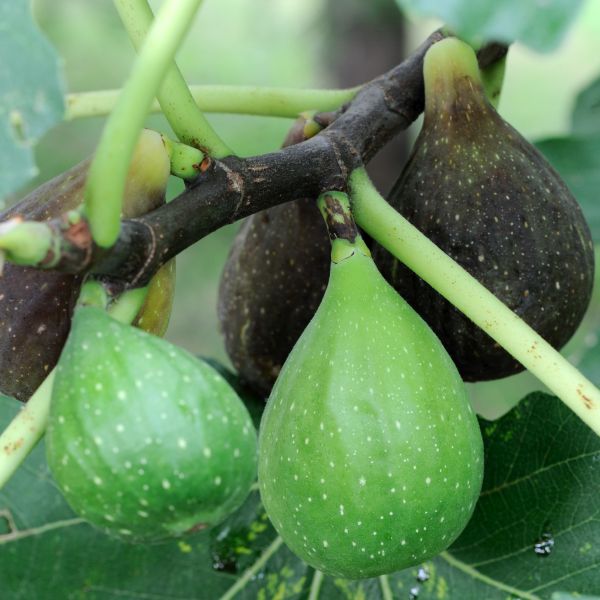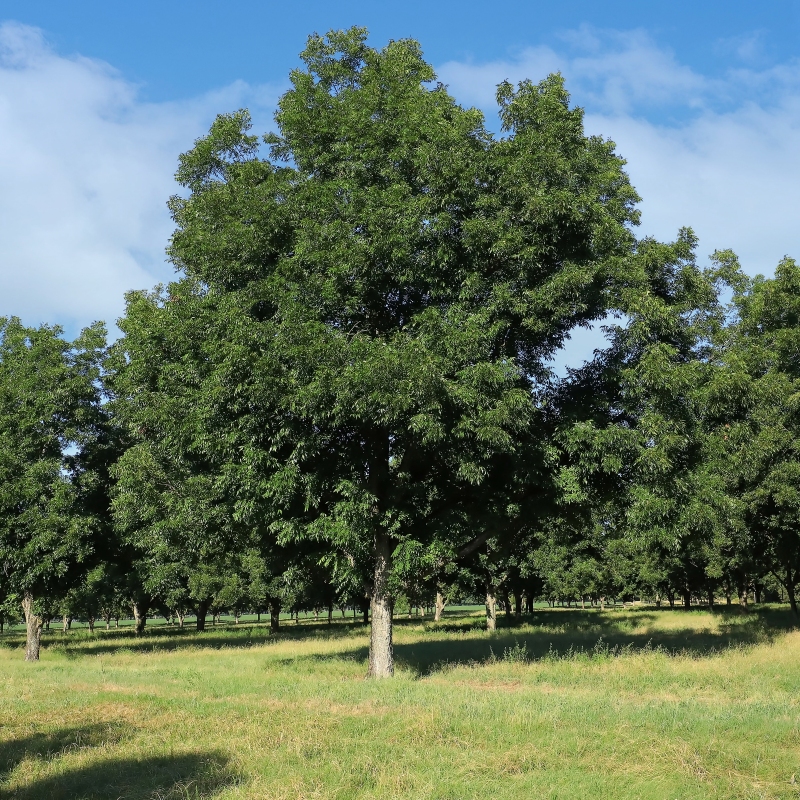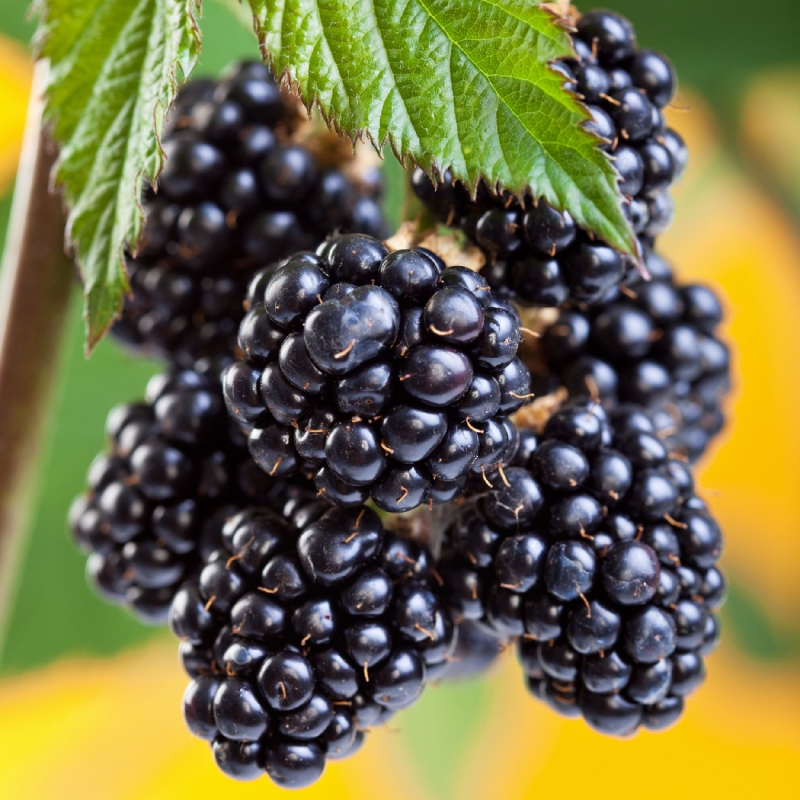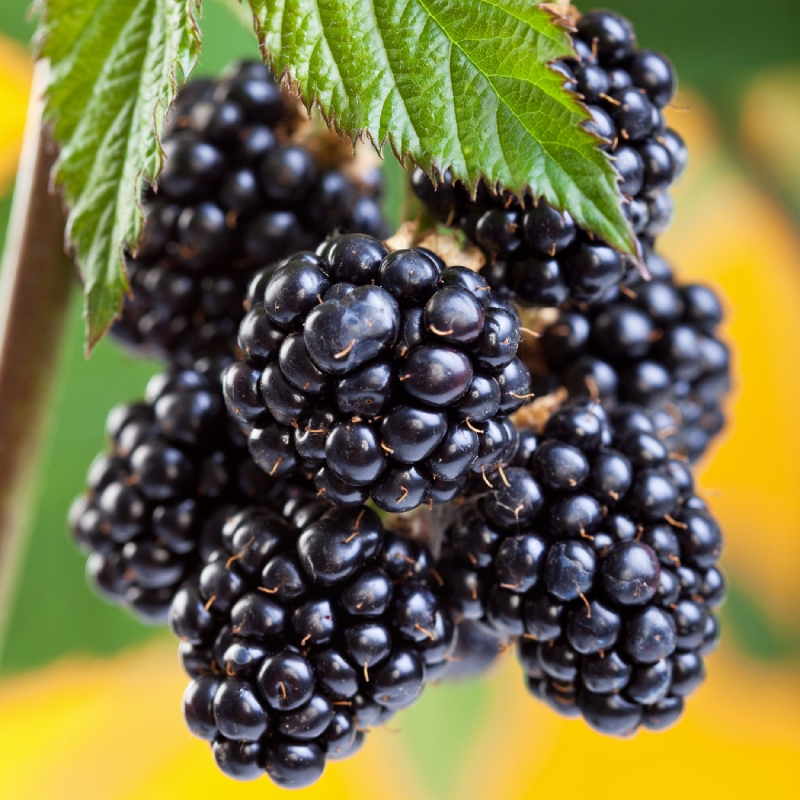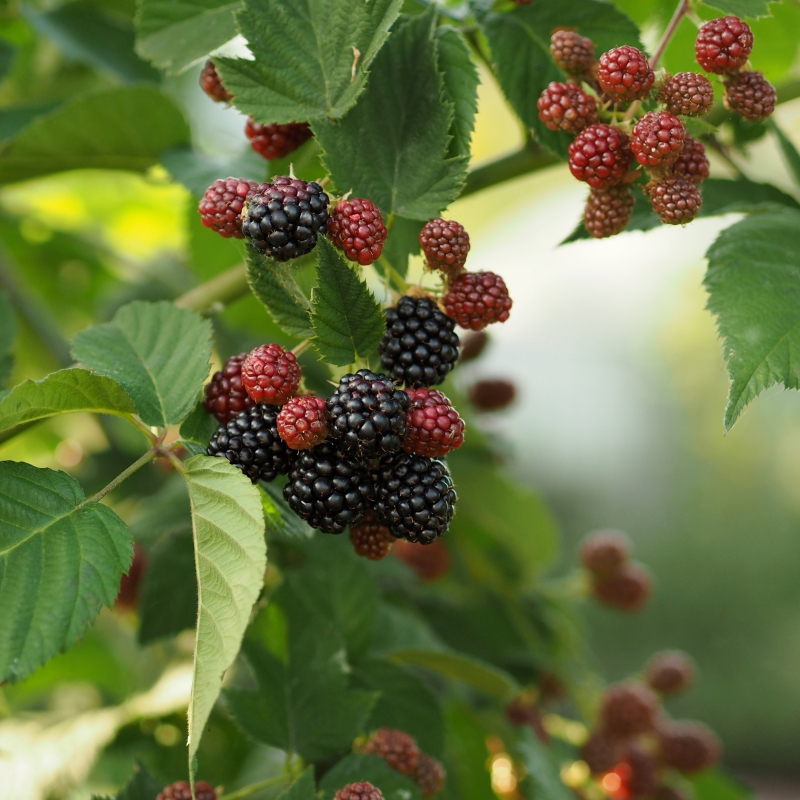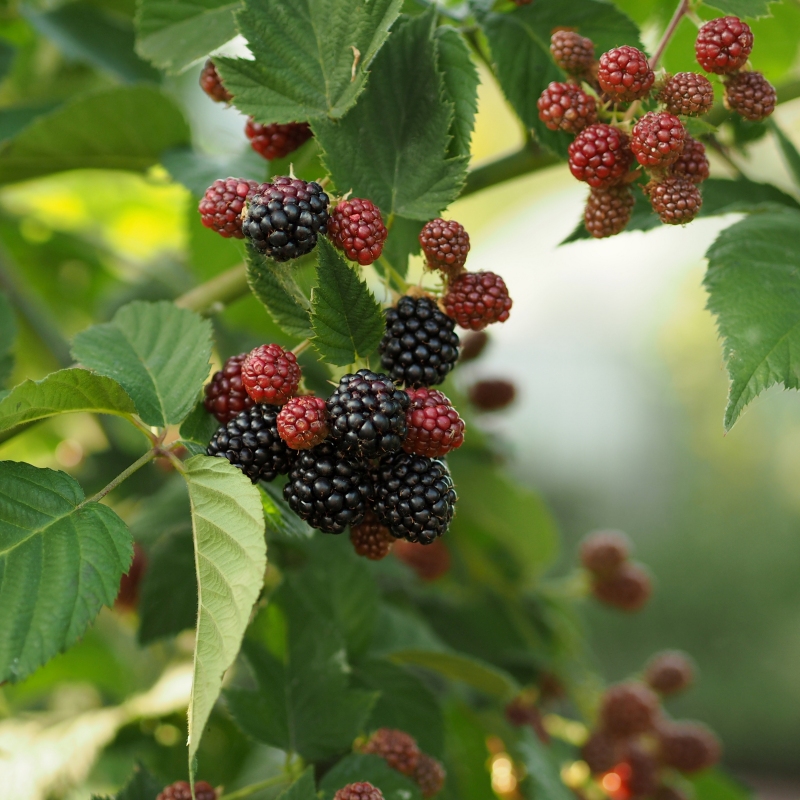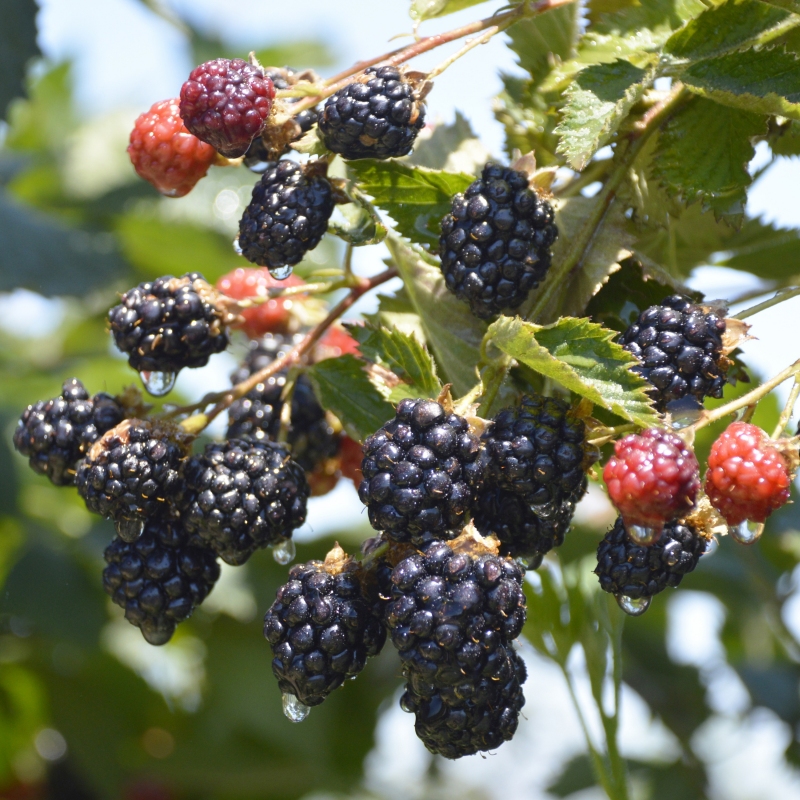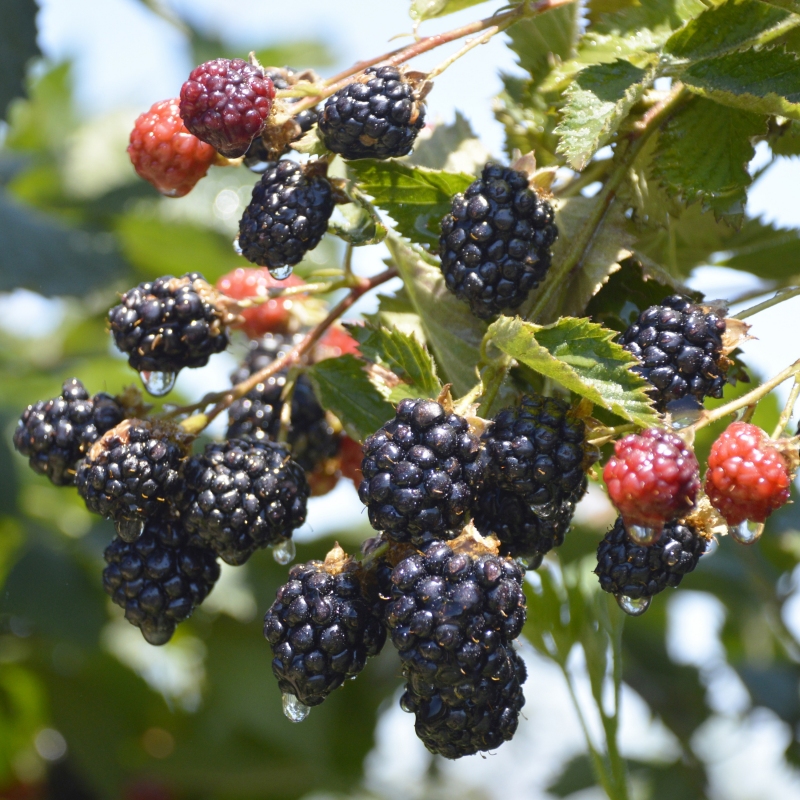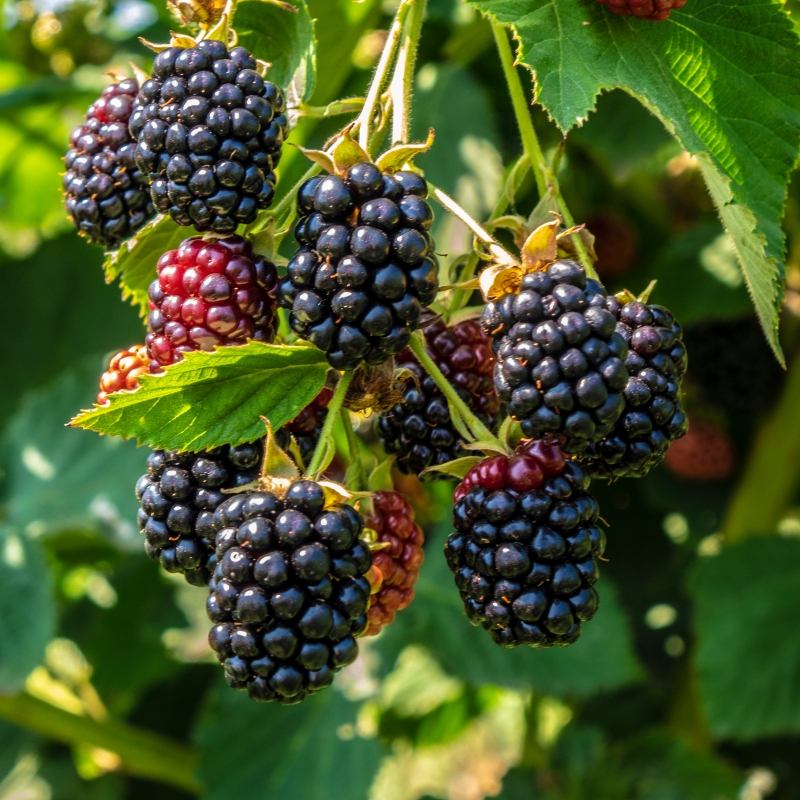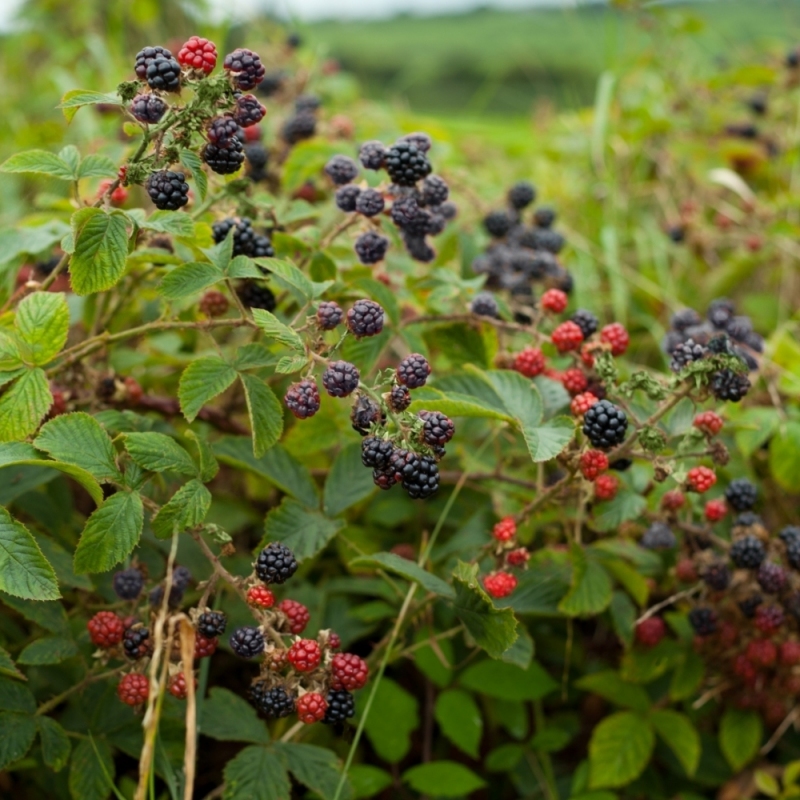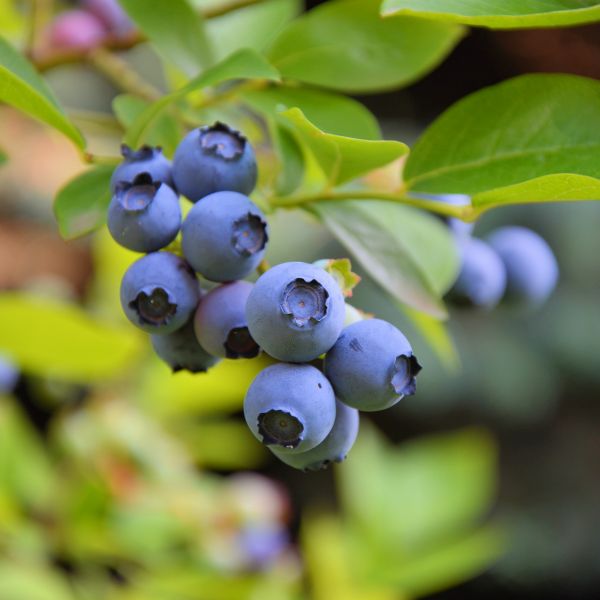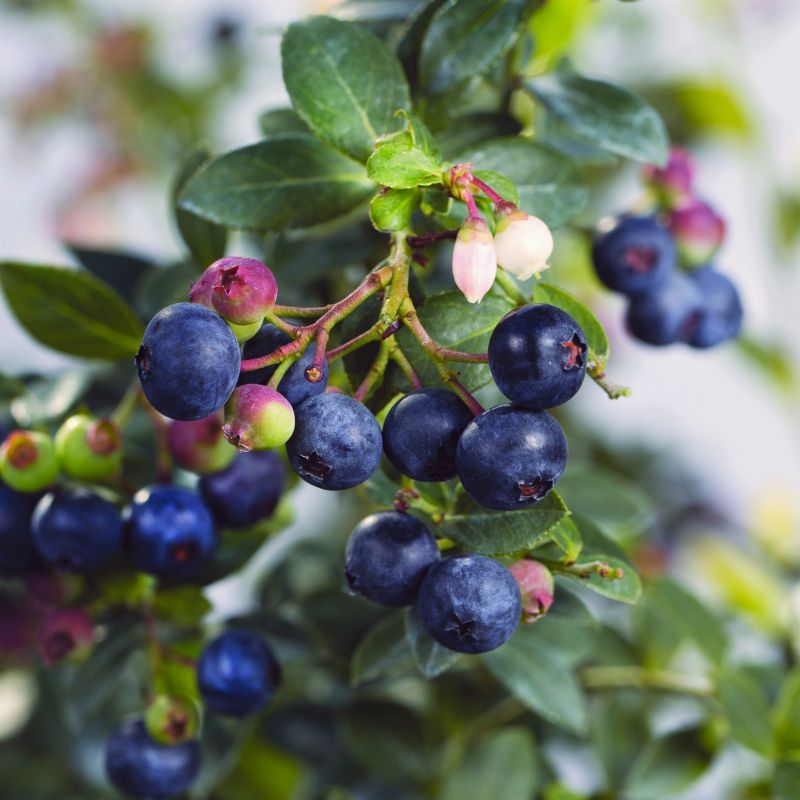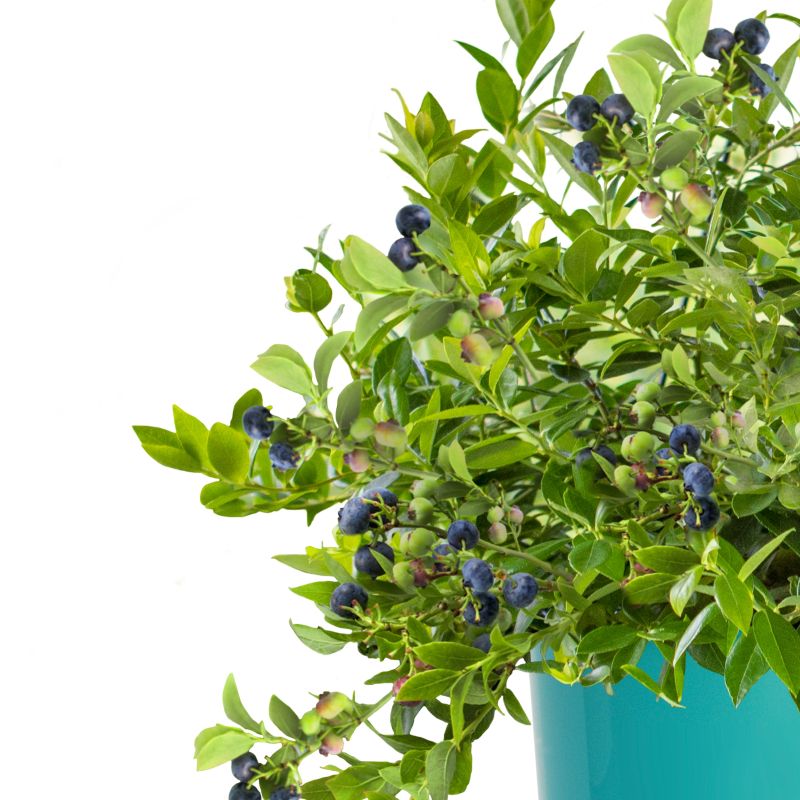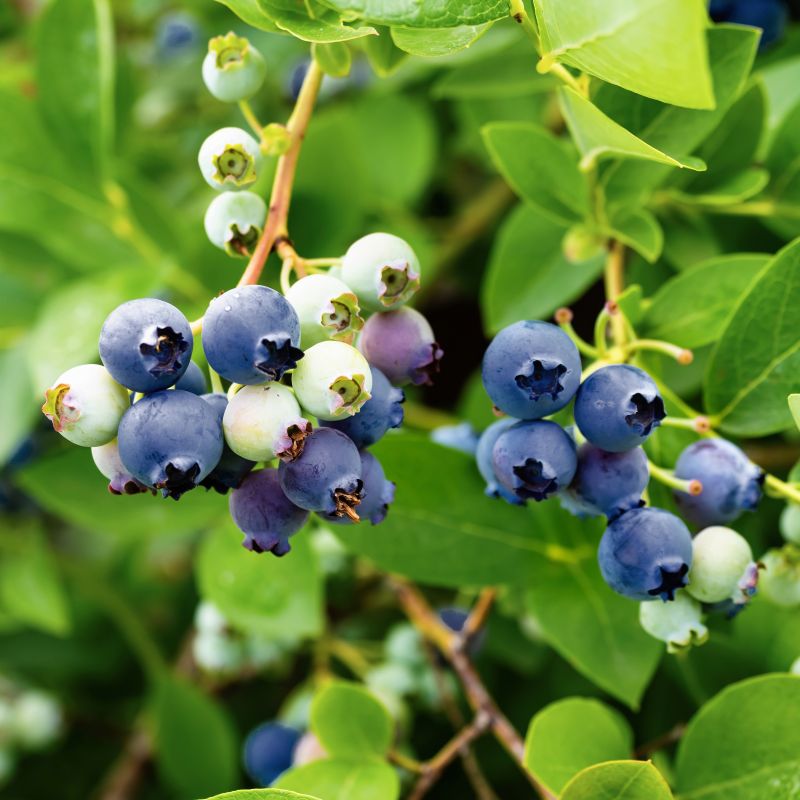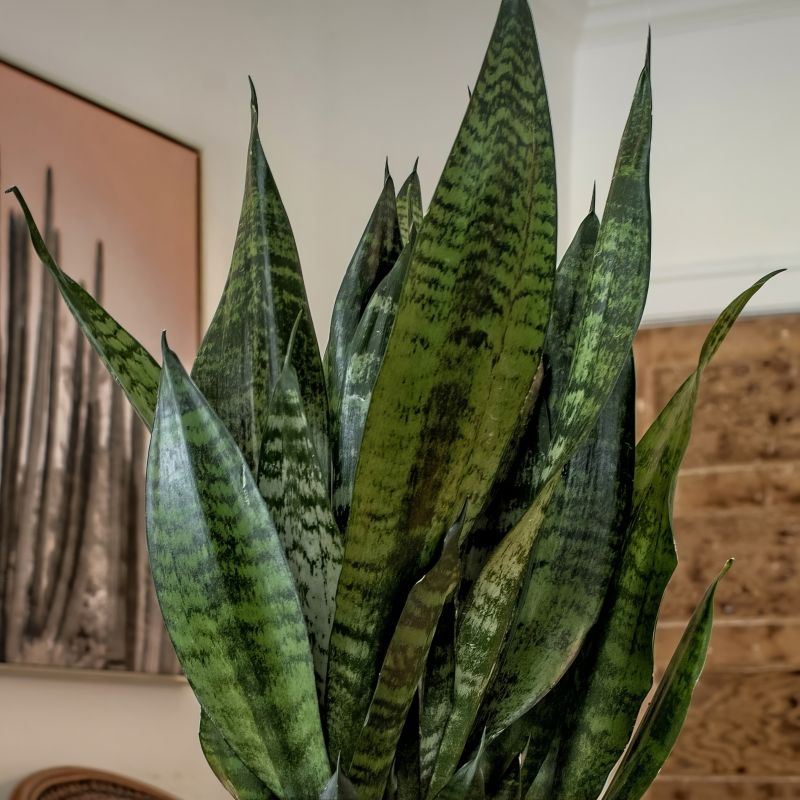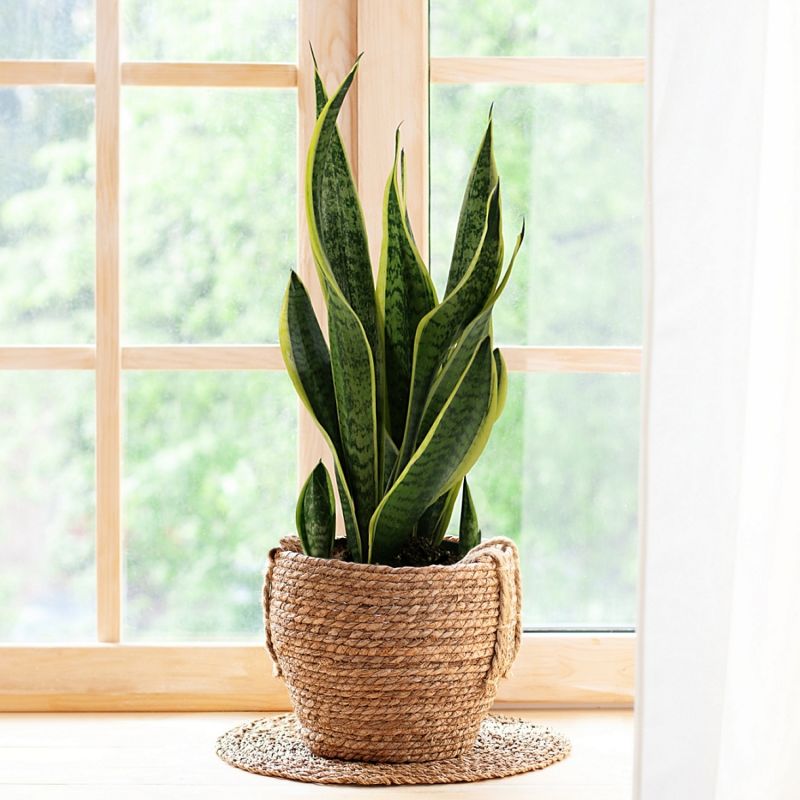

Superior Plum Trees
Prunus 'Superior'
17 reviews


Superior Plum Trees
Prunus 'Superior'
17 reviews
$115.00
$165.00
30% Off
2.5 Gallon 4-5 Feet
We are sorry, product is currently out of stock due to seasonal availability. Please check the "Related plants available in your area" section below
Why Superior Plum Trees?
Superior plum trees are an excellent choice for gardeners due to their high yields of large, delicious fruit. They are self-fertile and produce fruit on second-year wood, making them reliable producers. The trees are easy to care for and can adapt to different soil types and growing conditions. They also have a stunning spring display of fragrant pink and white blossoms.
Related plants available in your area
Sunlight
The sunlight requirement for Superior Plum Trees is full sun, which means they need at least 6 hours of direct sunlight per day to thrive and produce an abundant harvest of plums.
Watering
Superior Plum Trees have moderate watering needs. They should be watered regularly, providing enough moisture to keep the soil consistently moist but not waterlogged. Deep watering every 7-10 days during dry periods is generally sufficient.
Fertilizing
Superior Plum Trees require a balanced fertilizer with a ratio of nitrogen (N), phosphorus (P), and potassium (K) in a 10-10-10 or 12-12-12 formulation. Applying the fertilizer once in early spring and once in late summer is recommended.
Say Hello to the Superior Plum Tree, the perfect addition to any landscaping project! This beautiful tree comes in a #3 container and stands 4-5 feet tall, making it the perfect size for any outdoor space.
The Superior Plum Tree is a hardy, fast-growing tree that produces an abundance of delicious, juicy plums. The fruit is medium-sized with a sweet, tangy flavor that is perfect for eating fresh, baking, or making jams and jellies.
The Superior Plum Tree is a self-pollinating variety, which means that you don't need to worry about planting multiple trees to ensure a good harvest. It is also a hardy and disease-resistant tree that is well-suited for a variety of climates, making it an excellent choice for gardeners across the country. This tree is easy to care for and requires minimal maintenance. It prefers well-drained soil and full sun exposure but can also tolerate partial shade. Regular watering and fertilization will help ensure a healthy, productive tree.
The Superior Plum Tree is not only a great choice for its delicious fruit and ornamental beauty but also attracts pollinators such as bees and butterflies to your yard. This makes it a great addition to any eco-friendly landscape.
In addition to its delicious fruit, the Superior Plum Tree is also a beautiful ornamental tree. It features vibrant pink and white blossoms in the spring that give way to lush green foliage in the summer. The leaves turn a stunning shade of red in the fall, adding a splash of color to your landscape.
The tree is shipped in a #3 container, which means it is well-established and ready to be planted in your yard. With proper care, the Superior Plum Tree can grow up to 20-25 feet tall and 15-20 feet wide, providing plenty of shade and beauty for years to come.
Whether you're an experienced gardener or just starting out, the Superior Plum Tree is a great choice for anyone looking to add beauty and flavor to their la
Plant Information:
| Botanical Name: | Prunus 'Superior' |
| USDA Zones: | 4-8 |
| Water: | Moderate |
| Exposure: | Full Sun |
| Soil Needs: | Well Drained |
| Mature Height: | 12 - 15 feet |
| Mature Spread: | 12 - 15 feet |






Pollination Info
Pollination Info for Superior Plum Trees (Prunus 'Superior')
Superior Plum Trees are self-fertile, but will produce larger and more abundant fruit with cross-pollination from other compatible plum trees. The pollinators should bloom at approximately the same time as the Superior Plum Tree, which usually blooms in mid to late spring.
Compatible pollinators for Superior Plum Trees include:
- Stanley Plum Trees (Prunus 'Stanley')
- Methley Plum Trees (Prunus 'Methley')
- Satsuma Plum Trees (Prunus 'Satsuma')
- Shiro Plum Trees (Prunus 'Shiro')
To ensure successful cross-pollination, plant the Superior Plum Tree and its pollinators within 50-100 feet of each other. Bees and other pollinators will help transfer the pollen between the trees.
Additionally, it is recommended to plant at least two different varieties of plum trees to maximize fruit production and diversity in your harvest.
FAQ
Superior Plum Trees (Prunus 'Superior') FAQ:
What is a Superior Plum Tree?
A Superior Plum Tree, scientifically known as Prunus 'Superior', is a fruit tree that belongs to the Rosaceae family. Superior plum trees are known for their large, juicy, and sweet fruit that ripens in late summer to early fall.
How tall and wide does a Superior Plum Tree grow?
A Superior Plum Tree can grow up to 18 feet tall and up to 15 feet wide, depending on the growth conditions and pruning methods used.
What are the ideal growing conditions for a Superior Plum Tree?
Superior Plum Trees thrive in well-drained soil with a pH level range of 6.5 to 7.5. They require full sun exposure and regular watering during the growing season. They are hardy to USDA Zones 5-8, which means they can withstand temperatures as low as -20°F/-29°C.
When is the best time to plant a Superior Plum Tree?
The best time to plant a Superior Plum Tree is during the dormant season, which is typically between November and March in most locations.
How long does it take for a Superior Plum Tree to produce fruit?
A Superior Plum Tree can start producing fruit between three to six years after planting, depending on the growing conditions and care it receives.
How do you prune a Superior Plum Tree?
Pruning a Superior Plum Tree involves removing dead, diseased, or damaged wood and thinning out branches to encourage healthy growth and fruit production. It is best to prune a Superior Plum Tree during the dormant season to avoid damage to new growth and fruiting wood.
What are some common pests or diseases that affect Superior Plum Trees?
Superior Plum Trees are susceptible to pests such as Japanese beetles, plum curculio, and aphids. They are also prone to diseases such as brown rot, bacterial spot, and black knot. Proper care and maintenance practices such as regular pruning and sanitation can help prevent and manage pests and diseases.
Planting & Care
Planting Superior Plum Trees
- Choose a sunny location with well-draining soil.
- Dig a hole twice as wide and as deep as the root ball of the tree.
- Remove the tree from its container or packaging and gently loosen any tangled roots.
- Place the tree in the hole, making sure it is at the same level as the surrounding soil.
- Backfill the hole with soil and water thoroughly.
- Apply a layer of mulch around the base of the tree to help retain moisture.
Caring for Superior Plum Trees
- Water your tree regularly, especially during the first few years of growth.
- Fertilize the tree in the spring, using a balanced fertilizer with equal amounts of nitrogen, phosphorus, and potassium.
- Prune the tree during the dormant season to remove any dead or damaged branches.
- Thin out some of the fruit to avoid overcrowding, which can lead to smaller fruit size and diseases.
- Protect your tree from pests such as aphids, Japanese beetles, and plum curculio.
- Harvest your fruit when it is ripe but still firm, usually in late summer or early fall.
Check Out These Verified Customer Reviews:
Customer Reviews
4.7 out of 5 based on 17 reviews
Thank you! Your review has been submitted.
Great quality, fast shipping.
Customer service was very helpful and responsive to my inquiries.
Highly recommend Superior Plum Trees, will be buying from them again.
Item has been added to your cart.




